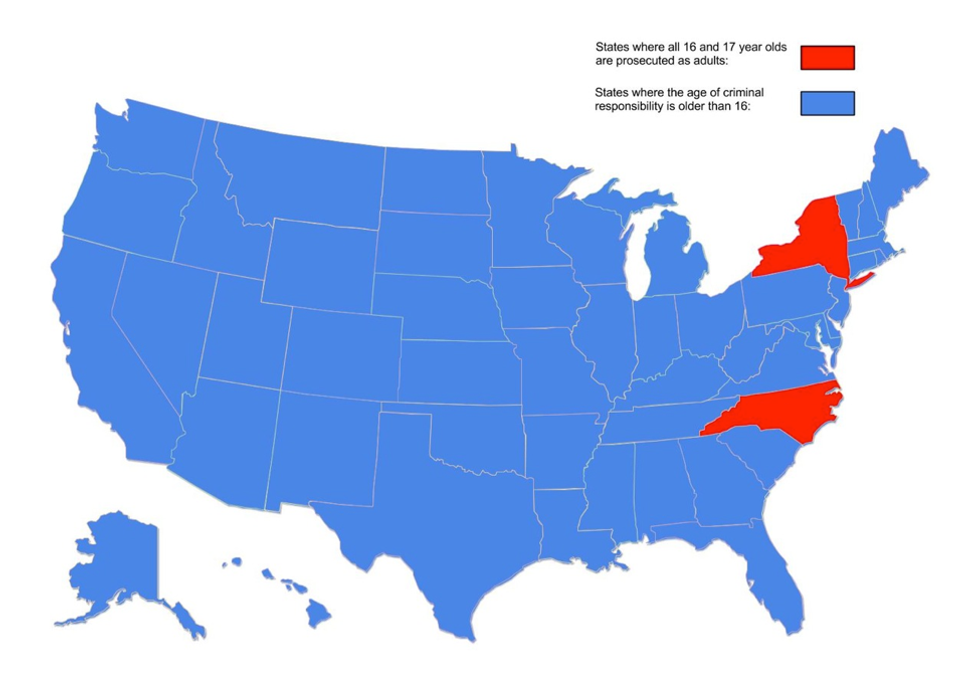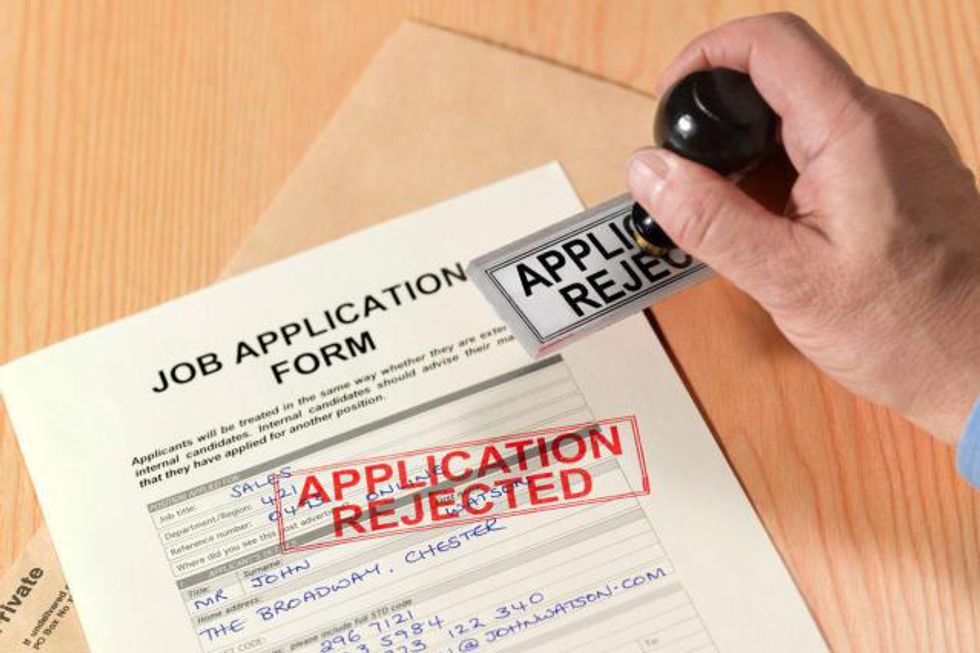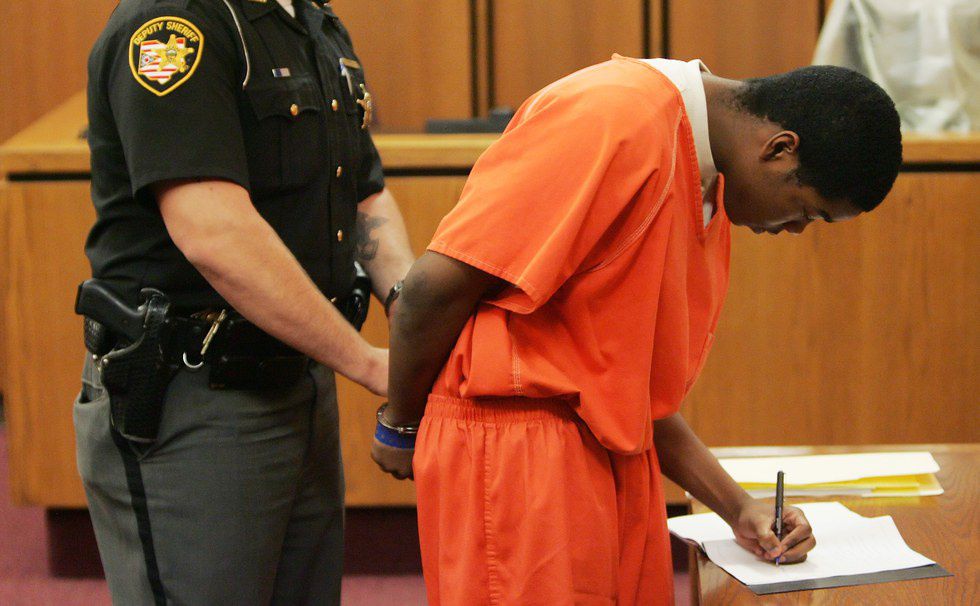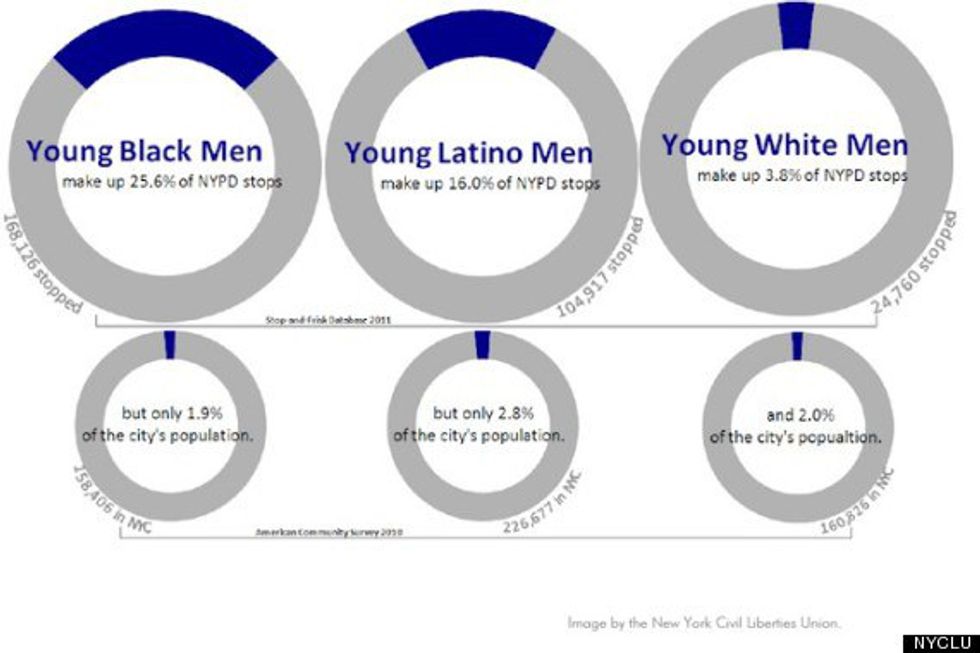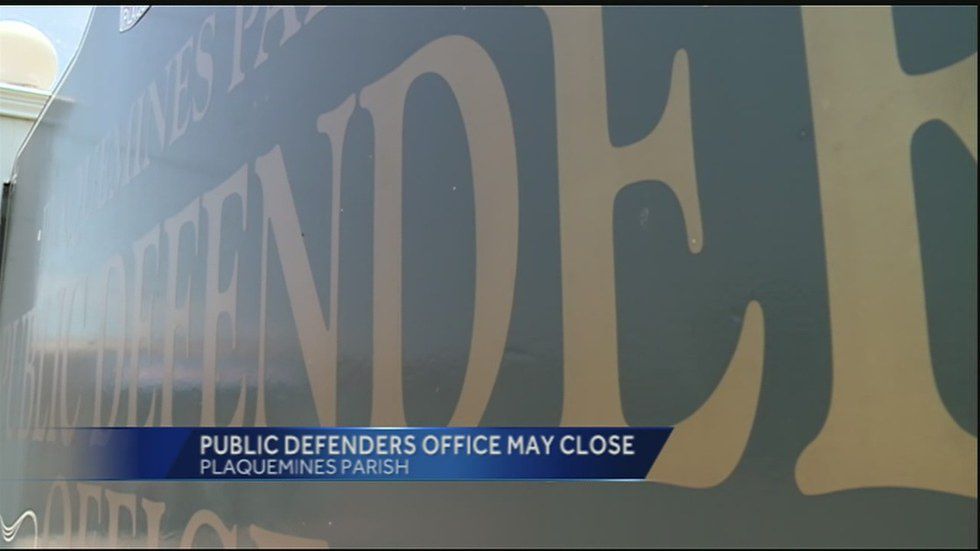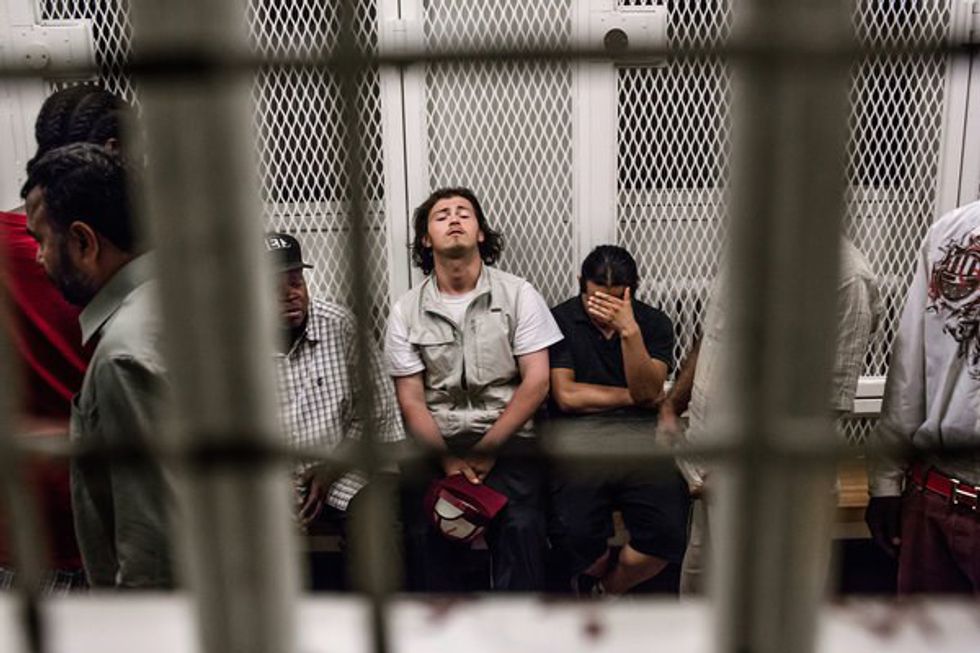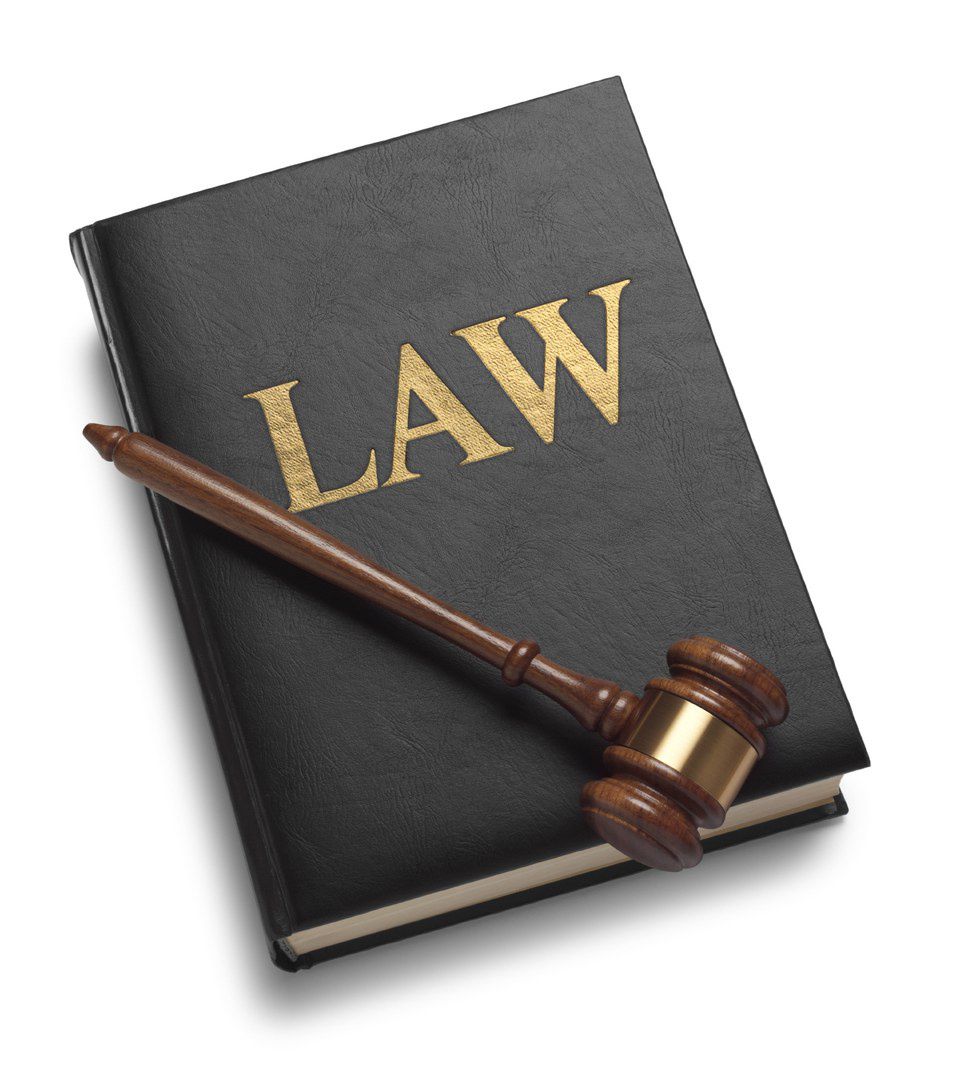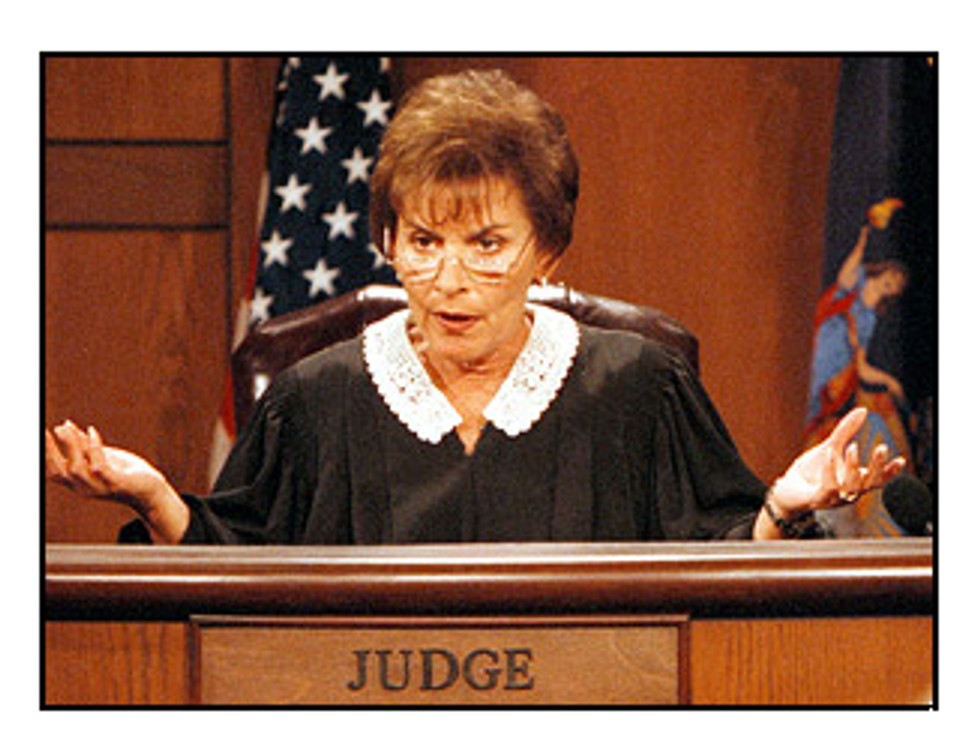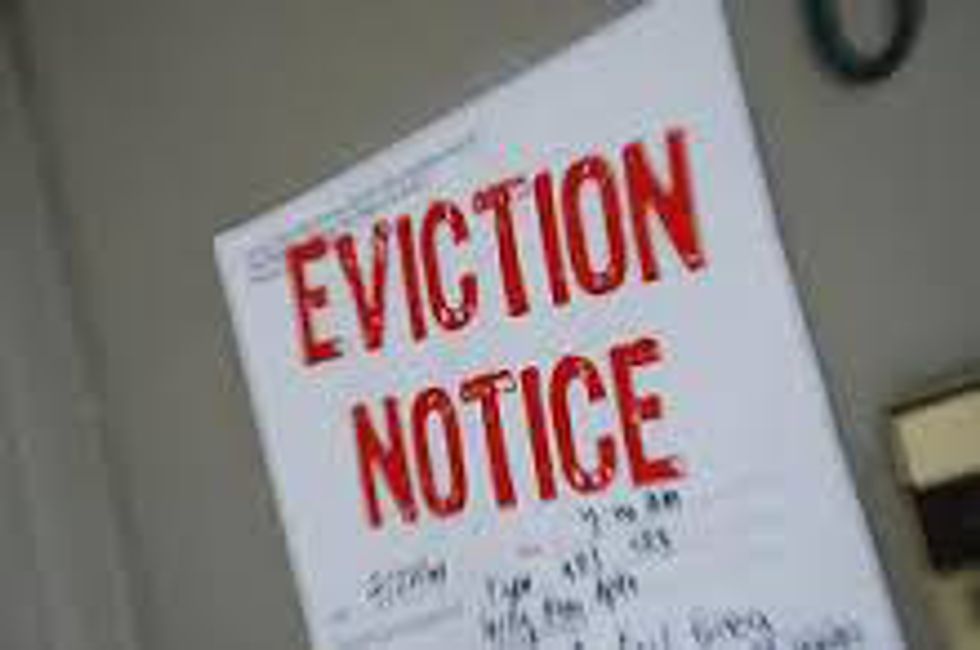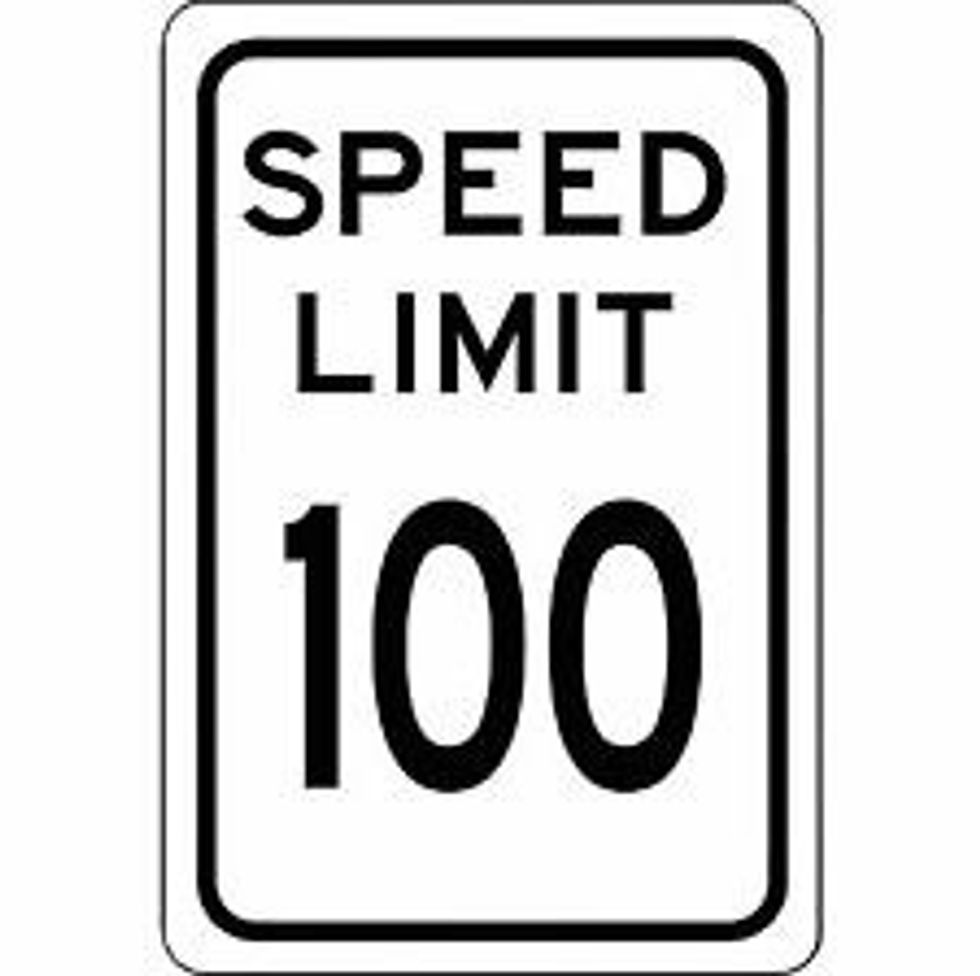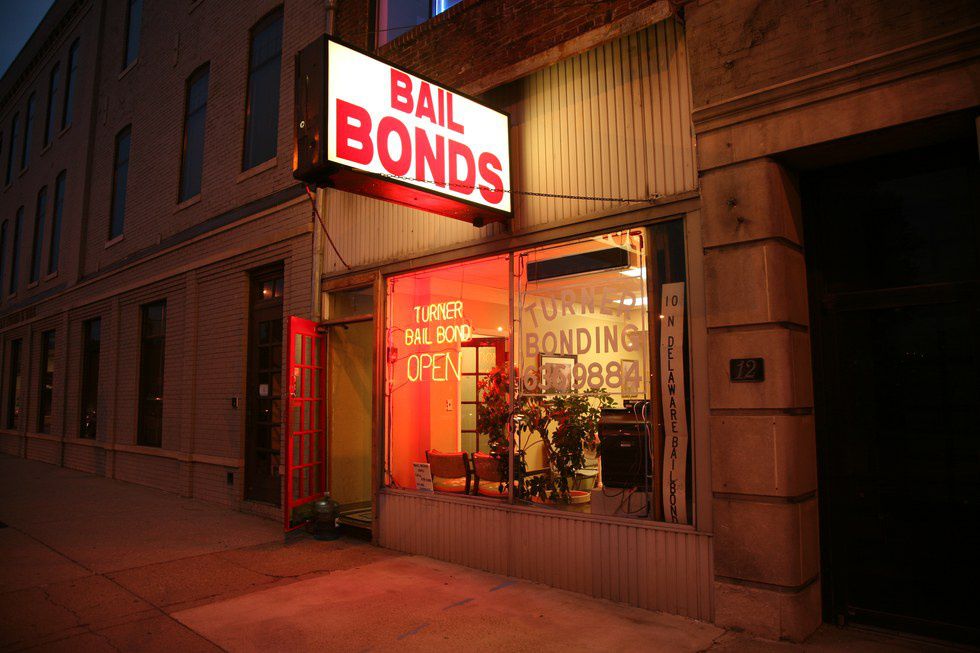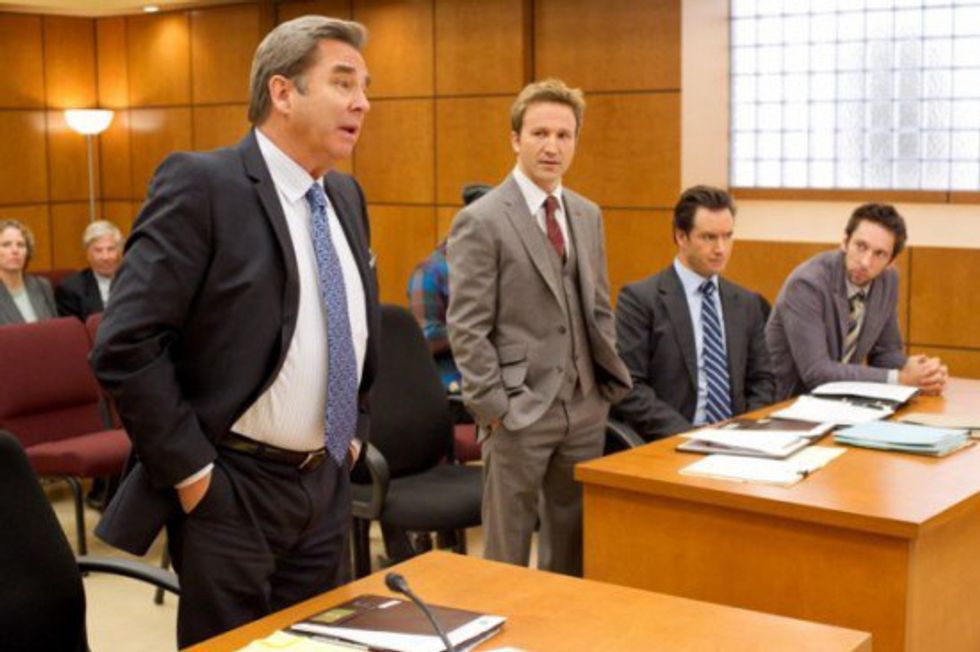1. New York is one of only two states where you are automatically treated as an adult at the age of 16 in the criminal justice system.
2. There is no way to seal a criminal conviction in New York.
You can be charged with a misdemeanor, which is a criminal offense, for something as minor as jumping a turnstile or shoplifting. A misdemeanor remains on your record and often creates lifelong obstacles to employment, public housing or attending college.
3. In New York City, very few cases go to trial.
4. According to the New York Police Department Enforcement Report, almost 80% of those who have been arrested are either African American or Hispanic.
It is well established that minorities are arrested at a disproportionate rate, because their neighborhoods are more heavily policed and they are much more likely to be stopped and frisked. However, it is still incredibly disturbing to sit in a courtroom, as I have these past few weeks, and actually see first-hand the reality of such policing.
5.There is an overwhelming lack of resources for public defenders as they are historically under-funded while District Attorney’s Offices tend to be well-funded and therefore have many more resources and staff at their disposal to make their case against a defendant.
6.The horrors of the Pens.
We think we know what a jail cell looks like because we see them in shows such as Law and Order and Blue Bloods, but in reality the Pens are inhumane dirty, dark, decaying cells that hold people, no matter what the crime committed, as if they were animals.
7. The law versus the practice.
If two people commit the same crime, but are arraigned in different boroughs, by a different judge, district attorney and public defender, they may have completely different results even though the law for committing that crime is the same in both boroughs.
8. The widespread effect of the criminal justice system on families.
When a person is accused of a crime, the consequences can potentially extend beyond the individual to the family. For example, an entire family can be evicted from public housing simply because someone living in the apartment has been arrested.
9. The speed of the process.
Each day in New York City, judges can see more than 100 defendants in an arraignment shift.
10. Confusion in the courtroom.
Arraignments are hectic. The vast amount of cases heard in one shift can overwhelm judges, district attorneys and public defenders alike. The stress everyone works under is enormous because an individual’s liberty is often at stake.
11. The inability of the accused to pay for even the smallest amounts of bail.
Bail amounts for similar crimes can vary widely from courtroom to courtroom. In addition, even if bail is set as low as $500, it is often too high for a defendant to pay. This leaves the poor languishing in jail for months, even years, while they wait for their cases to be heard.
12. The consistent clash between the district attorneys that seek justice for the people and the public defenders that seek justice for the individual.
Their conflicting interests often creates friction in the courtroom and has the potential to disrupt the system as a whole.




